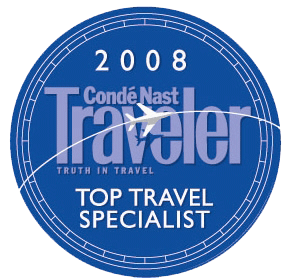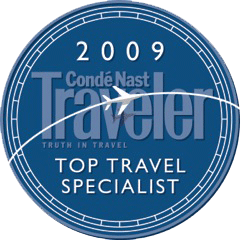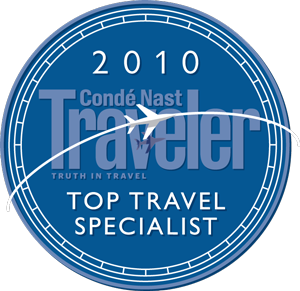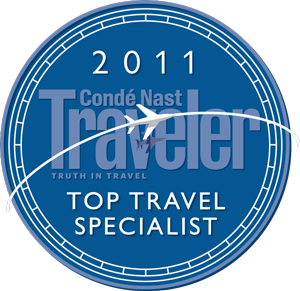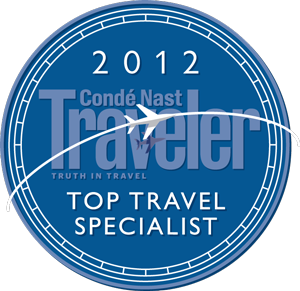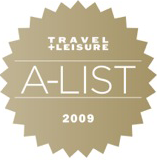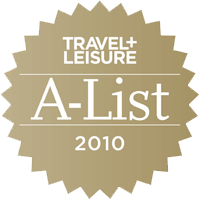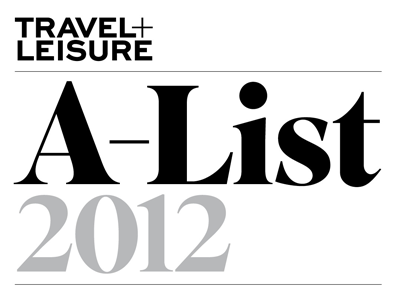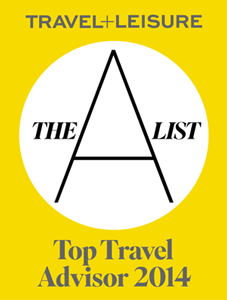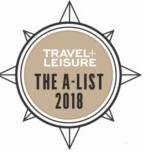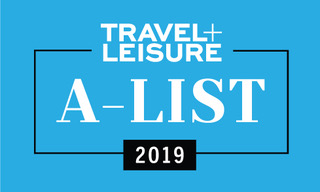Italian Wine Basics- Wine tourism in Chianti and Val d' Orcia
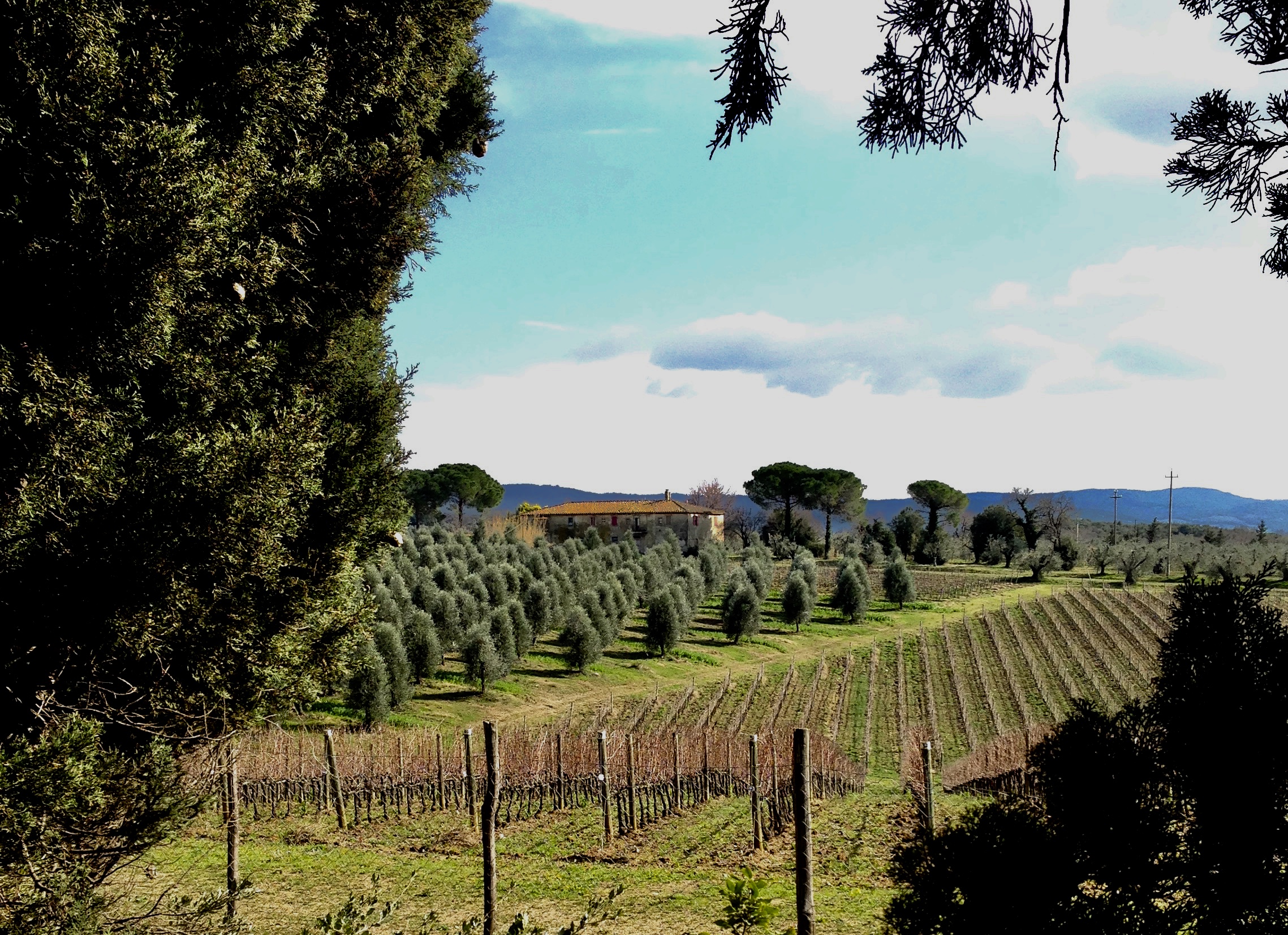 Over these past 24 years I have had the good fortune to be able to visit a variety of wineries as I traveled up and down the country of Italy during my travels. Given that Italy is the world’s largest producer of vino, (whose title is often shared and frequently disputed with France) it makes sense that we blog on wines and eventually wine travels. When deciding which R&D, wineries to visit during my R& D scouting adventures I use Gambero Rosso’s- Italian Wines book.
Over these past 24 years I have had the good fortune to be able to visit a variety of wineries as I traveled up and down the country of Italy during my travels. Given that Italy is the world’s largest producer of vino, (whose title is often shared and frequently disputed with France) it makes sense that we blog on wines and eventually wine travels. When deciding which R&D, wineries to visit during my R& D scouting adventures I use Gambero Rosso’s- Italian Wines book.
If you are not familiar with Gambero Rosso, they are considered a prestigious food and wine publishing group and are responsible for the wine awards called Tre Bicchere which are a Big deal in Italy.
Every year during the Verona VinItaly show, the tre bicchiere wines are tasted and during the year the vintners travel (well post Covid not sure what they will do), to the USA to NYC, Chicago and to San Francisco. The show is open to the press and wine educators and one can learn more about this year’s selection and more importantly taste.
In 2008, due to EU reforms, labeling laws were modified and what was once Italy’s appellation classification, is now mixed with EU mandated categories. To add a secondary labeling system is not a welcomed change in Italy, suffice to say that, most Italian producers are still using Italy’s classification system which was inaugurated in 1966 with the first appellation being Vernaccia of San Gimignano. A nice start considering Vernaccia had been produced for over 700 years before it was truly recognized.
There are four principal categories to wine identification, however, I would like to address just two in this writing, DOC and DOCG. The primary differences in these two wine classifications are that DOCG has a limited geographic area, and tighter controls on methods and quantity of production with testing.
To the consumer DOCG (Denominazione di Origine Controllata e Garantita) is the highest classification of Italian appellations and wines which are “Garantita” are tested by the gov and are sealed with a numbered government stamp. DOC- also has limitations and productions requirements but are less guarded. In my mind, why travel all that way and not taste the best?
Returning to the discussion of Tuscany, the wine region has 41 DOC, 11 DOCG appellations. We begin searching the two areas that most anyone will recognize: Chianti (Classico) and Brunello. Raise of Hand show many have tasted a Chianti Classico or a Brunello? Ah as I thought.
The primary grape in these two areas is sangiovese though in Montalcino they call it sangiovese grosso. Sangiovese is high in tannins making a wine which holds. So, the key to selecting a good vintage will be knowing when the weather was best, i.e. warm right before harvest and not to wet which dilutes the flavor.
Chianti is not only wealthy since they produce “ Chianti Classico,” is also rich in the prices of real estate. Tuscany in Chianti is beautiful and well situated between Firenze and Siena. One can find case coloniche – which are beautiful stone farmhouses made with varied materials that the farmers could glean from their land such as field stone and a few found bricks if one was lucky. The charm and beauty of the Tuscan landscape cannot be underestimated and a stay here for a week or more offers many interesting day excursions to hilltop villages, to frescoed monasteries, walks to take, and of course DOC, DOCG wineries.
Though a few do have accommodations on site, from rooms, to apartments to villa rentals, this blog is about the wine. This list is no way inclusive of all the memorable fabulous wines to be had in this area, they are just a few of my favorite wineries in Chianti, Montalcino and Montepulciano.
Make sure you call ahead to make an appointment to visit and taste. Allow 2 hours for the visit and try to not be in a hurry. Vitners spend a lot of time making their wines, and they are proud to show them to interested consumers. Most wineries will ship for you as well.
CHIANTI
Castello d’Ama
Mazzei
Ricasoli
Castellare di Castellina
Castello di Volpaia
Montevertine
Montalcino;
Biondi Santi
Casanova di Neri
Cerbaiola
Siro Pacenti
Ciacci Piccolomini
Montepulciano
Poliziano
And no need to be shy, as your tour operator to Italy we are here to assist you with all these details and more to make your vacation interesting, educational, relaxing and rewarding. Contact us to discuss your luxury vacation to Italy.
~JFalcone

